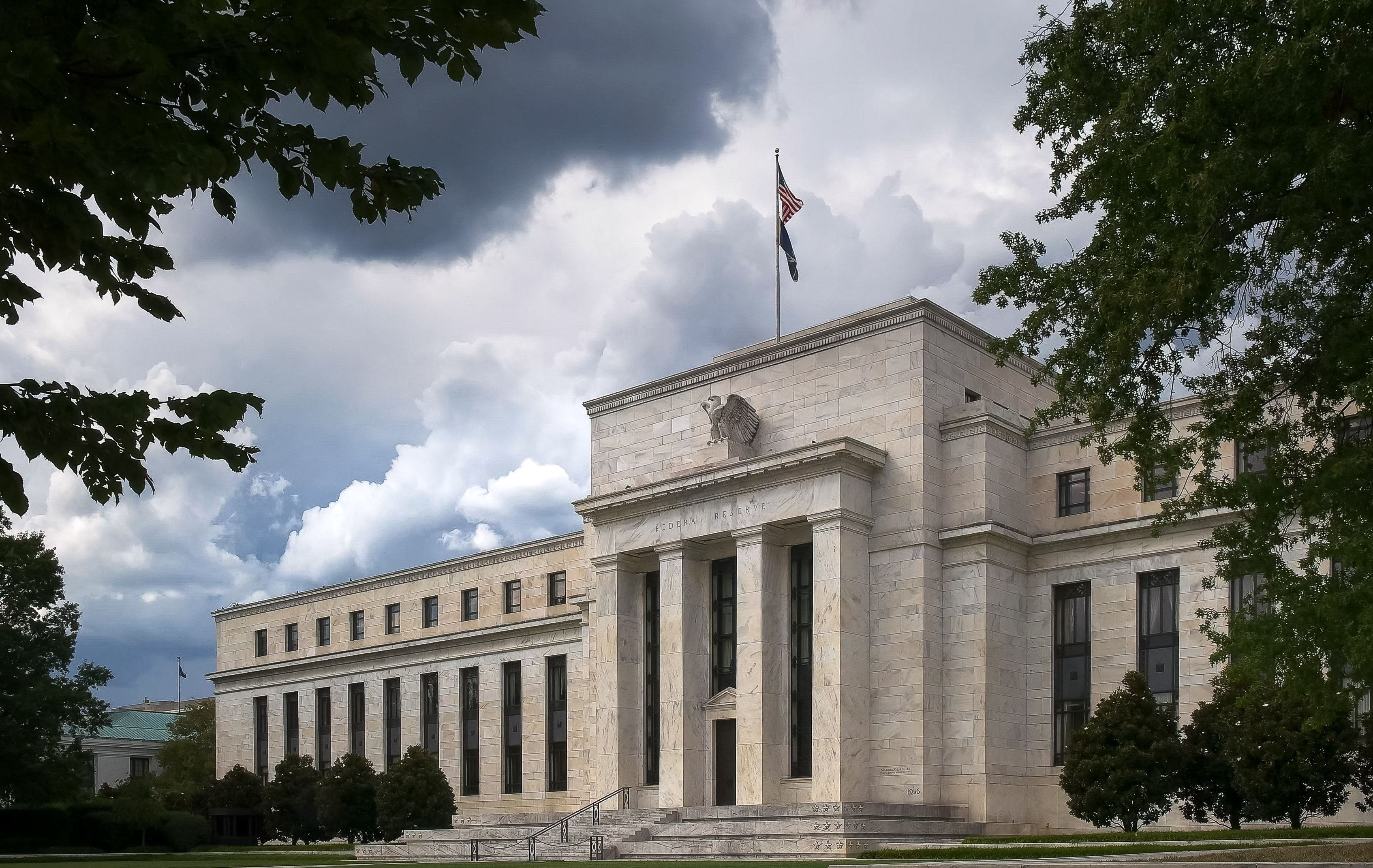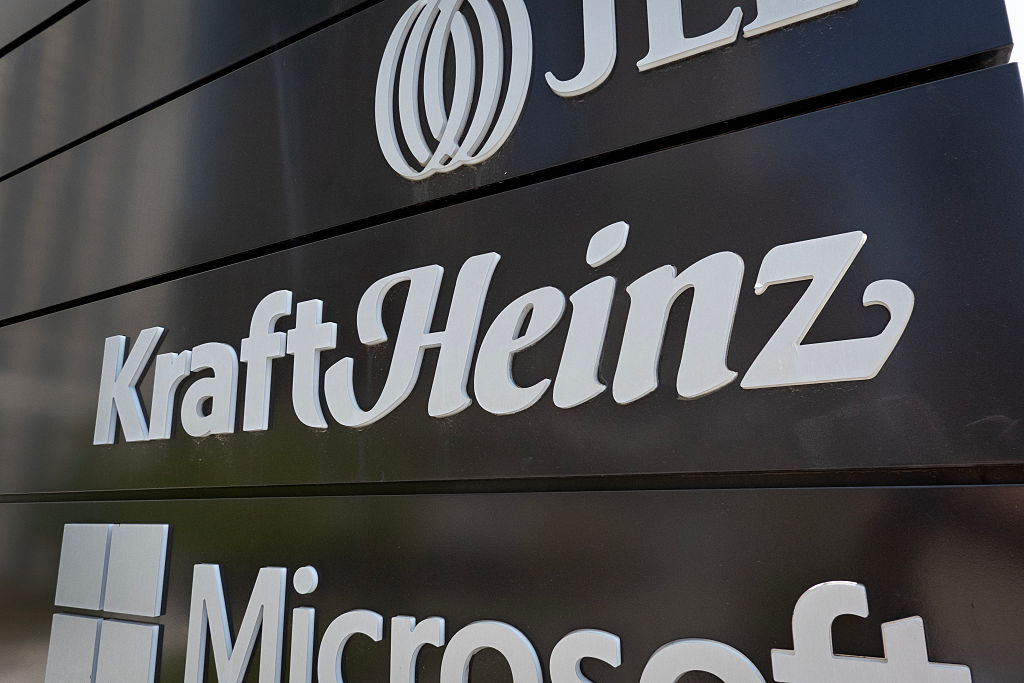Happy Birthday, Bull
The major market indices have been on a winning streak for the last five years, and there are several reasons to believe they won't start losing now.
The bull market turns 5 years old October 10, and while some may celebrate with champagne, others may be drinking for other reasons. Aging bull markets can be a lot like Norma Desmond in Sunset Boulevard -- well past their prime and a little unstable.
Most of a bull market's gains come in the first year or two, so an aging bull market typically brings in diminishing returns. Because all bull markets do come to an end eventually, every day this one continues brings us closer to the next bear market.
But there are still good reasons to think this bull market might carry on a while longer. And when it ends, the ensuing bear probably won't be too fierce.
From just $107.88 $24.99 for Kiplinger Personal Finance
Become a smarter, better informed investor. Subscribe from just $107.88 $24.99, plus get up to 4 Special Issues

Sign up for Kiplinger’s Free Newsletters
Profit and prosper with the best of expert advice on investing, taxes, retirement, personal finance and more - straight to your e-mail.
Profit and prosper with the best of expert advice - straight to your e-mail.
For the record, the S&P 500 closed at 776.76 on October 9, 2002, bringing to a merciful end a 2 ½-year decline that erased 49% of the index's value. The next day began a rise that has seen the index climb 103% through a record close of 1,565.15 October 9. (These results do not include dividends.)
While you can't help but cheer the fact that this key barometer of U.S. stocks has doubled over the last five years, another way to look at it is that an index that loses half its value and then doubles winds up back where it began. In this case, the beginning point was March 24, 2000 when the S&P 500 hit its previous bull-market closing peak of 1,527.46, about where we stand today.
And as long as we're in a glass-half-empty frame of mind, the 103% recovery at this point in the bull market is the second-weakest of seven post-World War II bull markets that lasted five years or more, according to Standard & Poor's chief investment strategist, Sam Stovall.
The only slower recovery came during the 1974-80 bull market, when the big-cap stocks represented by the S&P 500 were up 82% at the five-year mark (although, in fairness, small-company stocks performed far better). In contrast, stocks had gained 386% five years into the 1990-2000 bull market.
Not to pile on, but among bull markets on the global scene, ours is the runt of the litter. Here is a sampling of five-year gains for some foreign indexes maintained by research firm MSCI Barra: EAFE (developed foreign economies) 169%, Emerging Markets 375%, Brazil 1,372%, China 654%, Austria 510%, Sweden 459%, Korea 358%, Ireland 227%.
But enough nitpicking. Everyone (except short-sellers) would agree that a bull market, even an underachieving one, is better than the alternative. Besides, we're not going to be like Norma Desmond and live in the past. The stock market is a relentlessly forward-looking mechanism. What is most important is what's ahead, or more to the point: How long can this bull market go on? Stovall offers a few insights.
The ten post-war bull markets have lasted 56 months on average. So this one, at 60 months, is already long in the tooth. But others have lasted 74 months (1974-1980), 86 months (1949-1956) and 113 months (1990-2000).
During all three of these durable bull markets, stocks posted double-digit gains during the sixth year of the run. That's a good omen. So is the fact that the sixth year will, for the most part, coincide with a presidential election year, which is often a good year for stocks.
In addition, the Federal Reserve has begun to cut short-term interest rates, which can be good for stocks as long as it's not seen as a desperate move to stave off an imminent recession.
The falling value of the dollar against other currencies is a worrisome factor, but in the short term it increases profits for many U.S. companies by making exports cheaper to foreign buyers and allowing those foreign sales to be converted back into more dollars.
More importantly, corporate earnings, which ultimately are the most important factor driving stock market returns, are expected to continue rising. The S&P forecasts that operating earnings will rise 13% in 2008 on top of an expected 6.6% gain for this year.
Sure, stocks could fall, despite rising earnings, if price-to-earnings ratios shrink. But that's not a likely scenario. P/Es are fairly reasonable -- just 18 times trailing earnings and about 16 times projected operating earnings for next year.
That's probably the best news of all. Because stock prices aren't out of whack as they were at the start of the last bear market (the S&P 500's trailing P/E was around 32 in March 2000), any reversal for stocks during the next bear market -- whenever it arrives -- should be relatively mild by comparison.
Profit and prosper with the best of Kiplinger's advice on investing, taxes, retirement, personal finance and much more. Delivered daily. Enter your email in the box and click Sign Me Up.
-
 Nasdaq Sinks 418 Points as Tech Chills: Stock Market Today
Nasdaq Sinks 418 Points as Tech Chills: Stock Market TodayInvestors, traders and speculators are growing cooler to the AI revolution as winter approaches.
-
 23 Last-Minute Gifts That Still Arrive Before Christmas
23 Last-Minute Gifts That Still Arrive Before ChristmasScrambling to cross those last few names off your list? Here are 23 last-minute gifts that you can still get in time for Christmas.
-
 The Rule of Compounding: Why Time Is an Investor's Best Friend
The Rule of Compounding: Why Time Is an Investor's Best FriendDescribed as both a "miracle" and a "wonder," compound interest is simply a function of time.
-
 What the Rich Know About Investing That You Don't
What the Rich Know About Investing That You Don'tPeople like Warren Buffett become people like Warren Buffett by following basic rules and being disciplined. Here's how to accumulate real wealth.
-
 How to Invest for Rising Data Integrity Risk
How to Invest for Rising Data Integrity RiskAmid a broad assault on venerable institutions, President Trump has targeted agencies responsible for data critical to markets. How should investors respond?
-
 What Tariffs Mean for Your Sector Exposure
What Tariffs Mean for Your Sector ExposureNew, higher and changing tariffs will ripple through the economy and into share prices for many quarters to come.
-
 How to Invest for Fall Rate Cuts by the Fed
How to Invest for Fall Rate Cuts by the FedThe probability the Fed cuts interest rates by 25 basis points in October is now greater than 90%.
-
 Are Buffett and Berkshire About to Bail on Kraft Heinz Stock?
Are Buffett and Berkshire About to Bail on Kraft Heinz Stock?Warren Buffett and Berkshire Hathaway own a lot of Kraft Heinz stock, so what happens when they decide to sell KHC?
-
 How the Stock Market Performed in the First 6 Months of Trump's Second Term
How the Stock Market Performed in the First 6 Months of Trump's Second TermSix months after President Donald Trump's inauguration, take a look at how the stock market has performed.
-
 Fed Leaves Rates Unchanged: What the Experts Are Saying
Fed Leaves Rates Unchanged: What the Experts Are SayingFederal Reserve As widely expected, the Federal Open Market Committee took a 'wait-and-see' approach toward borrowing costs.
-
 Fed Sees Fewer Rate Cuts in 2025: What the Experts Are Saying
Fed Sees Fewer Rate Cuts in 2025: What the Experts Are SayingFederal Reserve The Federal Reserve cut interest rates as expected, but the future path of borrowing costs became more opaque.